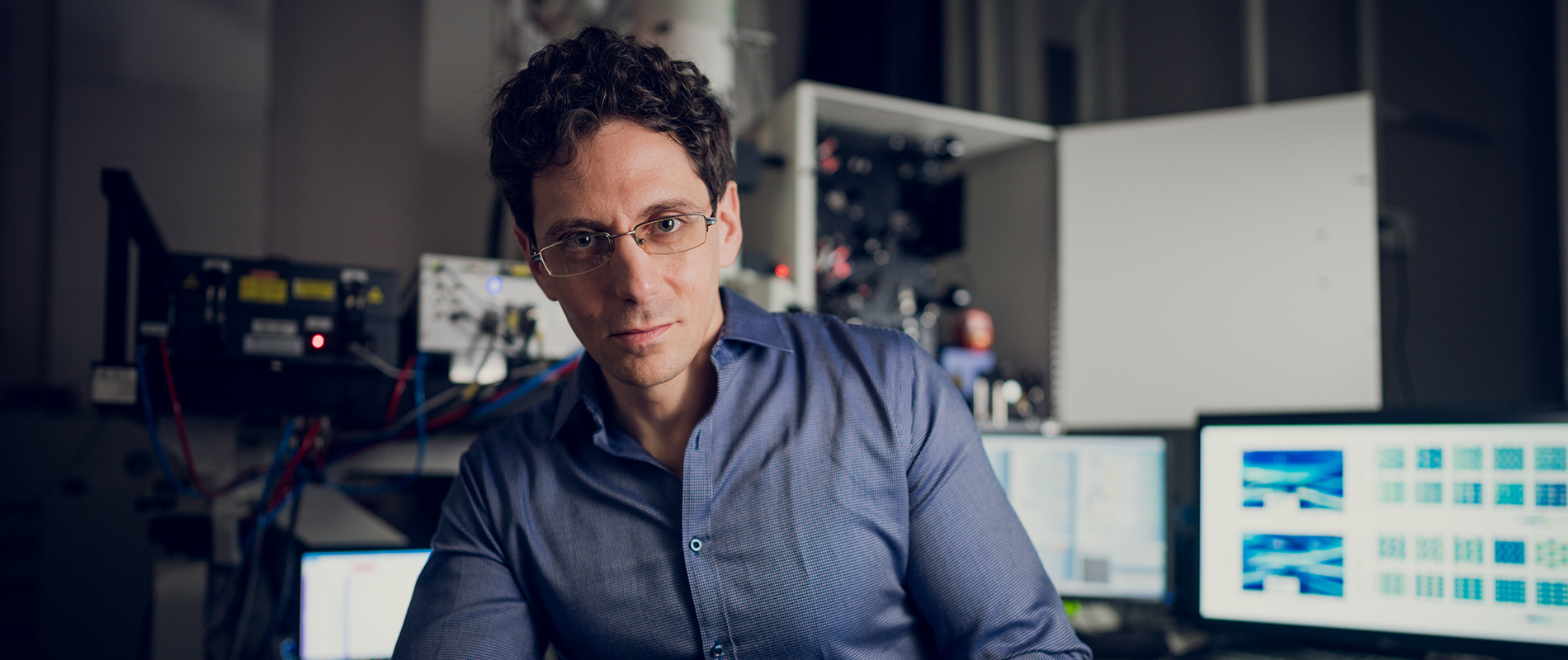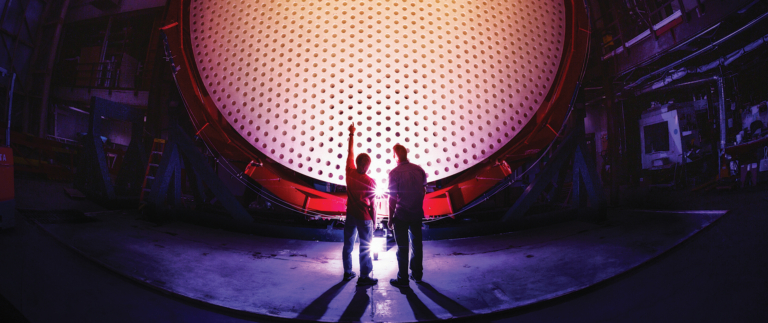The discovery of X-rays in 1895 took the world by storm. When German physicist Wilhelm Conrad Röntgen first used the technology to generate images of the bones in his wife’s hand, the public was blown away by the eerie photographs, and the medical community immediately recognized their clinical value. Today, X-rays are routinely used in diagnostic imaging and certain therapies, as security scanners and for various industrial functions. However, most modern-day machines still rely on the X-ray-generation technique invented by Röntgen more than a century ago.
That may soon change: a group of scientists in Israel has developed a method of creating more powerful X-rays using quantum materials. Ido Kaminer, a physics and nanotechnology researcher who leads the AdQuanta Group at the Technion – Israel Institute of Technology, is investigating new ways to generate radiation in different parts of the electromagnetic spectrum, and specifically X-rays. Just as we have made tremendous strides with visible light, for which the applications are almost endless, in Kaminer’s view, improvements in X-ray science could lead to wide-ranging technological breakthroughs. This is an area of physics “where we just don’t know enough compared to the potential it has,” says Kaminer, an Azrieli Early Career Faculty Fellow.








